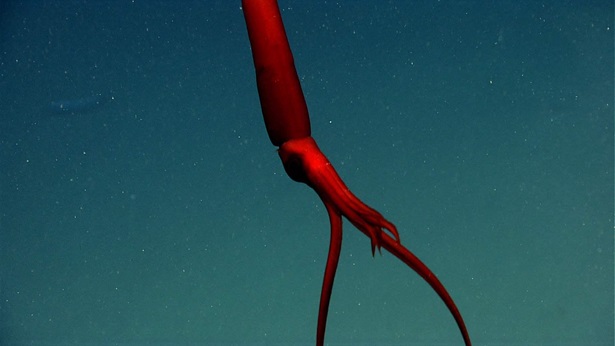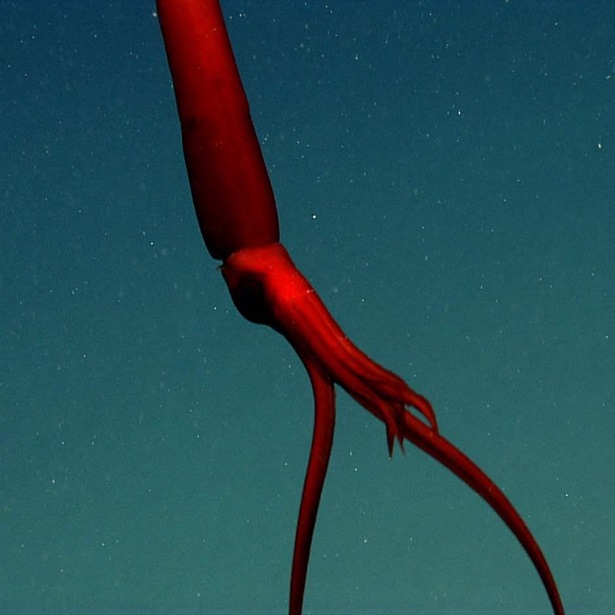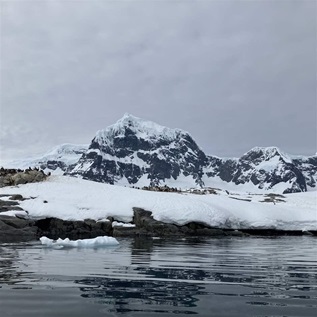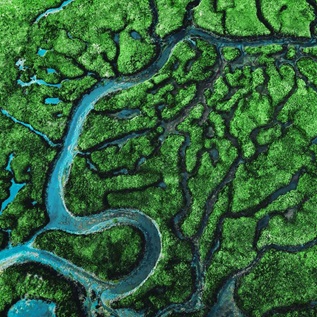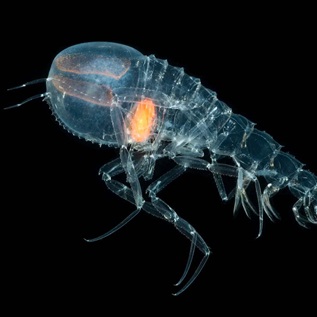Underwater Noise From Deep-Seabed Mining Could Travel Hundreds of Miles, Study Finds
Noise has previously been shown to harm species from plankton to whales
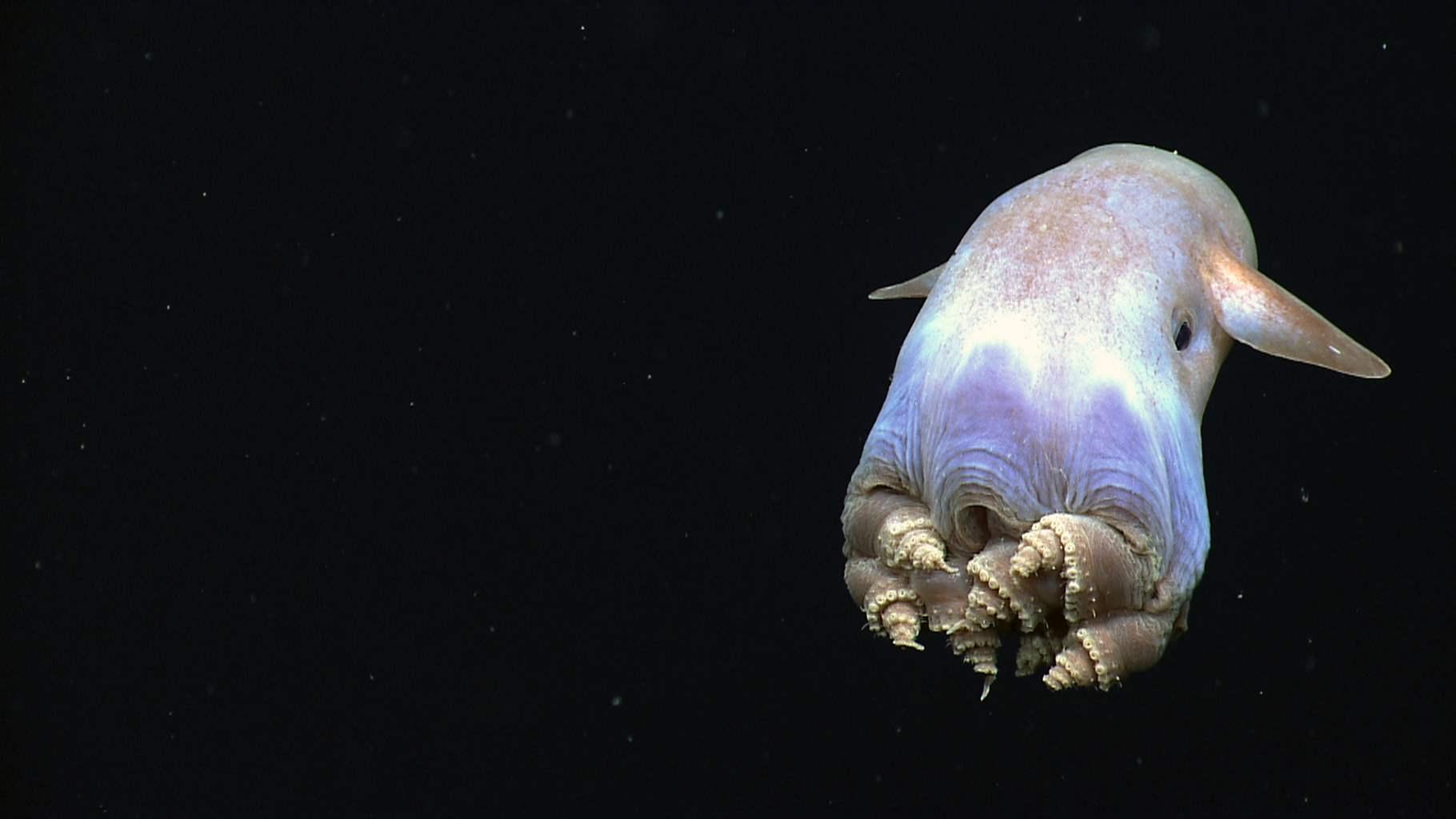
The deep sea is a biodiverse habitat, home to unique creatures found nowhere else on Earth, from the dumbo octopus to the faceless cusk. Given the absence of sunlight in the deep sea, many marine organisms there use sound to navigate, communicate, find mating partners, locate food, and detect predators and other dangers and, therefore, may be sensitive to noise generated by seabed mining.
New research published in July in the journal Science provides one of the first estimates of the likely reach of deep-sea mining noise generation, finding that a single mine site could produce noise extending hundreds of kilometers, dramatically increasing the environmental footprint of this nascent industry.
Although mining hasn’t yet begun, it could if governments and companies gain approval to do so from the International Seabed Authority (ISA), the intergovernmental organization established to regulate all mineral activities in the international seabed. Importantly, how deep-sea life would respond to noise is one of many gaps in scientific knowledge needed to understand mining’s potential environmental impacts. Noise has been shown to have a negative impact on organisms—from the tiniest plankton to the largest whales—affecting their behavior, physiology, and survival. However, existing scientific and data concerns over deep-seabed mining have focused on issues such as physical impacts to seafloor habitat and the creation of large midwater sediment plumes, with little attention given to underwater noise from human activities.
The study, supported by The Pew Charitable Trusts via a grant to Oceans Initiative, simulated the underwater noise produced from a single mining operation in the Clarion-Clipperton Zone (CZZ), which spans 4.5 million square kilometers (1.7 million square miles) between Hawaii and Mexico and is covered with trillions of rocklike deposits known as polymetallic nodules containing nickel, manganese, copper, zinc, cobalt, and other minerals. Based on mining operators’ proposed plans, a typical deep-sea operation at one mining site in the CCZ would generate noise from mining tools at the seafloor, booster pumps moving polymetallic nodules to the surface, and operational activity from surface mining and support vessels.
Contractors are already testing reduced-scale, prototype mining machines but have not yet released noise data from their internal studies. In the absence of that data, the Oceans Initiative researchers used as a proxy sound data from oil and gas industry ships and dredges that remove gravel and sediment in shipping lanes and ports, meaning that the estimates in the Science study are probably conservative because they are based on smaller, quieter equipment than what seabed mining contractors would likely use.
The study found that noise from a single seabed mining operation in the CCZ would likely reverberate throughout the water column for up to 500 kilometers (310 miles). If each of the 17 contractors vying to mine in the CCZ were to operate simultaneously, an estimated 5.5 million square kilometers (2.1 million square miles) of ocean would have elevated noise levels.
This study shows that industry, agencies, and scientists working on this proposed activity must be transparent about their science, and specifically about what is known about the noise produced from mining prototypes and from full-scale mining systems. It is essential that all parties—and especially the ISA—fully understand, before mining moves forward, how this noise will affect marine life. One major key to achieving this transparency is public access to contractor data on noise generated by the various components of seabed mining equipment and support vessels, both underwater and on the surface.
Recent steps taken by the island nation of Nauru could force the ISA to fast-track this process and finalize its seabed mining regulations by July 2023, even without full knowledge on mining noise and other key aspects of the operations, and without sufficient baseline data on the environmental conditions of the deep sea. The study also notes that, based on the costs and logistical challenges required to answer basic questions about the impacts of sound on deep-sea ecosystems, it is not possible that adequate data to assess the ecological risks from mining noise could be collected before next July.
This study again underscores the challenges facing the management of deep-seabed mining. With so many unknowns, it will be extremely difficult if not impossible for the ISA to meet its obligation of ensuring the effective protection of the marine environment while also greenlighting deep-seabed mining.
Peter Edwards is an officer with The Pew Charitable Trusts’ conservation science project, and Chris Pickens is a senior associate with Pew’s seabed mining project.

